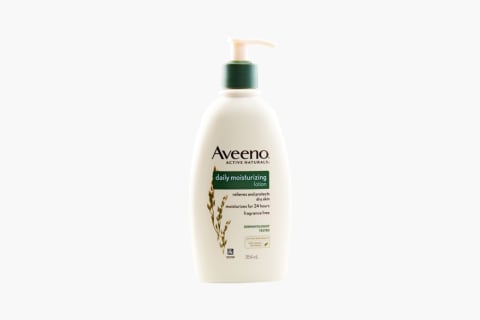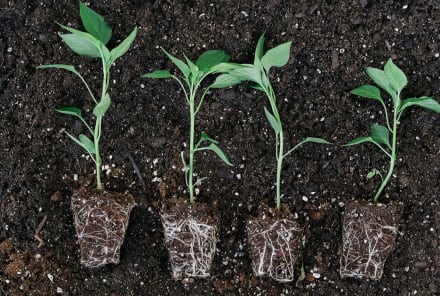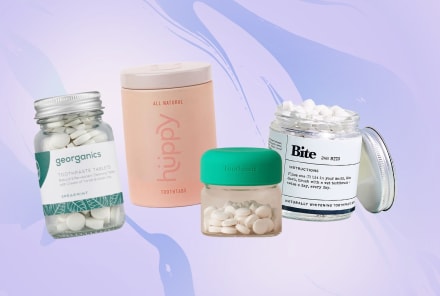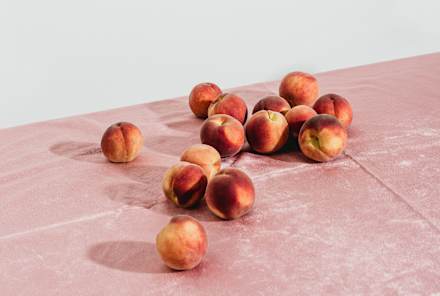Advertisement

By now, at one point or another, you’ve probably heard talk of the 3 R’s of protecting the environment: refuse, reuse, recycle. In practice, this looks like refusing unnecessary products (hello, minimalist living), finding ways to reuse what you already own, and recycling the rest. The first step is pretty self-explanatory: Say no to anything you don’t need; a paper flyer at the supermarket or a plastic fork with a takeout meal you’re bringing home, etc. But the next two are a little more nuanced.
While recycling and reusing your products doesn’t have to be difficult, there are a few pointers to keep in mind that will make it even easier. Namely: look into your community’s waste rules, make little notes for yourself, and look for the second life in all your disposable products, opting for brands that have recycling initiatives like AVEENO® whenever possible.
Follow along on this in-depth recycling and reuse guide and lessen your footprint on this beautiful planet we all share.
Recycling
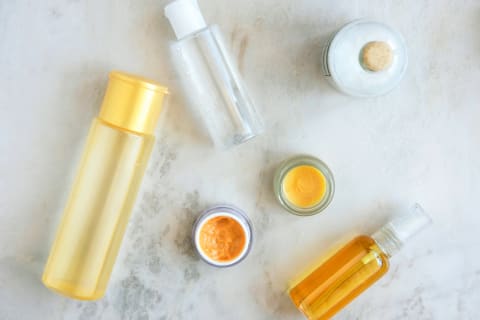
Why it matters:
Recycling materials will send them to your local municipal recycling center where they can be reused or repurposed into new objects. For instance, recycled plastic bottles can be turned into new bottles, or broken down and reassembled to make something else entirely, such as an outdoor jacket or child’s toy.
Curbside recycling programs are continuing to become more and more efficient, and the average metal can now contains 70 percent recycled material.
Numbers 101:
You can keep this progress going by familiarizing yourself with your area’s recycling rules. All of the nearly 10,000 recycling centers in the U.S. operates a little differently so their asks of the consumer will vary slightly. The first thing to take note of is if your area has a single- or multi-stream recycling system. This will dictate whether you can throw all of your plastics, papers, and metals into the same bag, or need to separate it into different piles. Either way, make sure you place all your recyclables into a clear bag so they’re not mistaken for trash.
Next, take note of the numbers your area is able to recycle. Most #1 and #2 plastic bottles, metal cans, and cartons are recyclable almost everywhere. Big cities like New York have programs to recycle some of the higher numbers as well, so just make sure you look into it.
No matter where you live, though, some common items are generally not recyclable. They include:
- Plastic cushioning wrap
- Soft plastic baggies
- Styrofoam
- Electronics
Even if something isn’t accepted in your curbside pickup program, that’s not to say that you should just throw it in the trash. Certain grocery stores, office supply shops, and specialty retailers offer take-back programs that will repurpose it!
How to make it part of your routine:
Considering the rules in play, it may not be a bad idea to jot down some notes on how to effectively recycle at home to place over your trash bin. That way you’ll see them every time you’re reaching to toss something. Be sure to add a “remember to wash” note at the bottom of the page, too.
When recycling containers that used to hold food, personal care, or cleaning products, it’s incredibly important to wash them out first. If they’re still filled with residue once they arrive at the recycling facility, they’ll slow down the sorting process. Soiled paper and plastic is particularly tricky to deal with, so make sure to stay on top of this by giving your items a quick rinse.
Another thing to note is that some items that you may think are recyclable at first glance are actually lined with non-recyclable material. Think: to-go containers that have a waxy inside, paper coffee cups lined with plastic, and beauty products like mascaras and plastic-wrapped skin care.
Next time you’re shopping, make a note of something’s packaging before you check out and opt for brands like AVEENO® that strive to use recyclable packaging on their wide range of skin care products. Products like their Daily Moisturizing Body Lotion that use nourishing ingredients like oat oil nod to the environment inside and out.
Upcycling
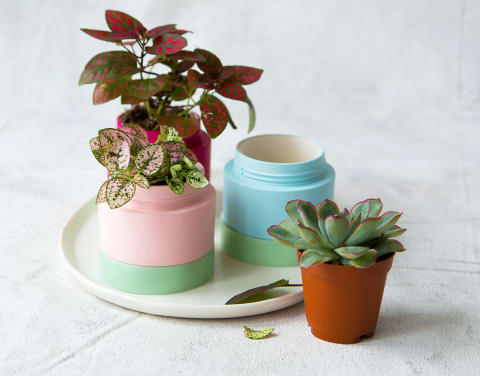
Why it matters:
Upcycling is a continuation of the recycling process; a way to reuse the products you already own. Instead of sending something off to a facility to be processed, upcycling it means taking matters into your own hands and getting a bit creative to give it new life.
How to make it part of your routine:
There are about a million and one ways that you can upcycle things they have laying around the kitchen or pantry. Take a plastic jar that used to be filled with nut butter or protein powder: You can clean it out and use it to store leftovers, take your lunch to work, or display spices or dried foods. Add a nozzle and you have yourself a vessel for natural cleaning products and room sprays. If you want to get a little crafty, you can also remove labels and give your goods a new paint job.
Your beauty cabinet is likely a treasure trove of reuse potential too, filled with serums and balms that come in a variety of uniquely shaped bottles. You can keep smaller jars on hand for the next time you travel and need carry-on friendly storage vessels.
These days, eco-minded beauty brands like AVEENO® are making it way easier for the everyday consumer to play a part in the upcycling process. Through the Care to Recycle® program, AVEENO® is helping to educate consumers on how to be more effective recyclers, starting with their beauty routines. Pro tip: The beautiful jars of AVEENO® Positively Radiant Overnight Facial are a perfect home for a succulent plant or can be turned to a hairpin holder in a snap.
The possibilities are endless, and there’s really no need to toss your containers (or buy expensive storage materials) again.

